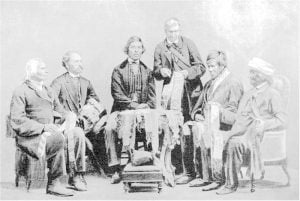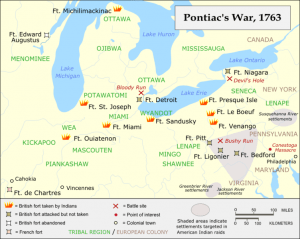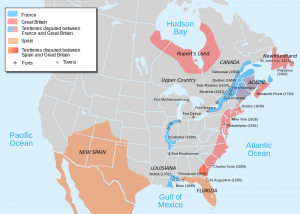Indian Wampums
The Indians, having no written language, preserved and handed down their history to future generations through tradition, much of which could have been obtained a century and a half ago, and even a century ago, which was authentic and would have added much to the interest of the history of the continent of which we boast as our inheritance, though obtained by the extermination of a race of people whose wonderful history, had it been obtained as it once could have been, would have been very interesting and beneficial to future generations, throwing its light back over ages unknown, connecting … Read more







